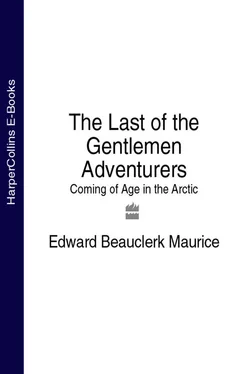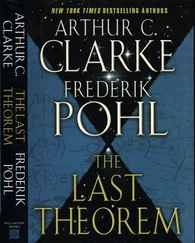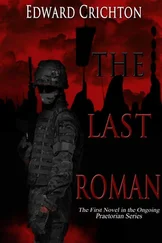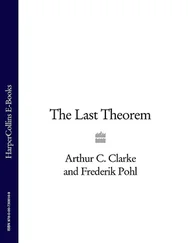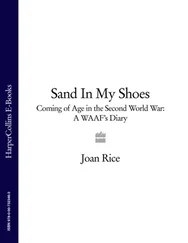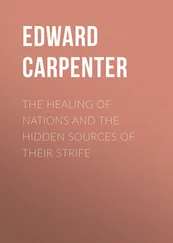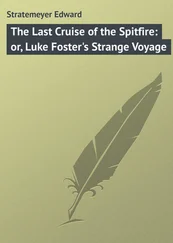But Maurice did not regard the Eskimos as an inferior race in immediate need of White parenting. Quite the contrary. In his relations with them, he seemed to be the child and they the parents. In fact, he was so young and inexperienced that they called him ‘The Boy’, but they could have just as easily called him ‘The Bumbler’, since he seemed to have a special talent for getting lost or falling off cliffs. However, he was an excellent learner, and all his HBC evaluations praise his ability to speak Inuktitut, the polysynthetic Eskimo language. Here, too, Maurice distinguished himself from most other traders, who usually didn’t bother to learn anything other than a pidgin version of the language. His facility with Inuktitut also earned him high marks from the Eskimos and probably was one of the reasons why they ended up giving him a new, unequivocally adult name – Issumatak (‘He Who Thinks’).
During his Arctic hitch, one HBC man reputedly browsed through a catalogue that featured women’s underwear and then wrote away for ‘the lady on the far right of page 73’. Most traders were not reduced to such extreme measures, since they typically took what’s known as ‘a country wife’. Duncan Pryde, who worked for the HBC in the 1950s and 1960s, sired offspring from this type of union wherever he was posted, declaring that ‘every community should have a little Pryde’. Lest you consider the man a cad, I should note that his Eskimo friends would have thought there was something wrong with him if he hadn’t fathered these offspring.
Maurice seemed disinclined to take a country wife himself, although there was no shortage of applicants. His background, he wrote, was the reason for this: ‘My upbringing, both at home and at school, had run along very strict lines of morality.’ But as he acquired what could be called a new background, he also began to acquire a very different sense of morality, one that was closer to an Eskimo’s than to an upper-middle-class English person’s. Meanwhile, he was falling in love, albeit with a culture rather than a woman, and when he at last decided to take a wife, you could say that he was consummating his relationship with that culture.
In the spring of 1934, he was put in charge of the Frobisher Bay Post at Ward Inlet. This post was considerably more isolated than Pangnirtung and likewise had no doctor or nurse. Soon he was dealing with an epidemic, which, although never officially diagnosed (there isn’t even a mention of it in the usually thorough HBC records), was probably a virulent form of influenza. The stress of being forced to treat the sick and the dying more or less by himself seems to have taken its toll, and by August he was back in Pangnirtung with a condition described by the local medical officer as ‘an affection of the heart’. I suspect the reason he doesn’t refer to this ailment in his book is that it was insignificant beside the deaths of those he had come to know and love.
Maurice’s narrative ends with his departure from Frobisher Bay, but his life with the Eskimos did not end there. After a year’s furlough in England, he returned to the Arctic to manage, respectively, the Sugluk Post in northern Quebec and the Southampton Island Post. At the latter post another epidemic struck. This new epidemic was almost certainly mumps – an indication that White Men were giving the Eskimos their diseases as well as their trade goods. At one point Maurice wrote in his journal that ‘every single man, woman & child in the place is now sick’. At least five of them died. But it could have been a lot worse. Thirty-five years earlier, the Sadlermiut, a Southampton Island tribe that had had almost no contact with the outside world, were wiped out completely by an epidemic of dysentery introduced by a single Scottish whaler.
In 1939, Maurice left the Arctic to serve in World War II. When the war was over, he did not go back to the geography that had claimed his heart and that now persisted in sending its ghosts his way. Nor did he ever go back except in the writing of this book. He died in 2003 at the age of ninety, and in his last year he worried that the use of the word ‘Eskimo’ in his soon-to-be-published book might be construed as patronizing. For he had nothing but admiration for the people now commonly referred to as Inuit (the pejorative term for them in the 1930s was ‘Husky’, not ‘Eskimo’). ‘They have taught me so much,’ he remarked in one of his final letters, and this book is a testimony to those teachings.
If Maurice were to visit Pangnirtung today, he might see a cruise ship anchored offshore and its passengers eagerly looking to buy something, a soapskin carving or maybe foxskin booties, for their mantelpieces. At Ward Inlet, he would find a few scattered boards, all that remains of the old HBC post. In Iqaluit, the capital of the new Inuit territory of Nunavut, he might see one or two descendants of his Frobisher Bay friends shivering on the streets, members of the town’s burgeoning homeless population. The irony of a formerly nomadic people becoming once again, after a fashion, nomadic would not escape him. Nor would the fact that Iqaluit, despite its relatively small size (pop. 6,500), suffers from a number of modern urban maladies – drugs, muggings, auto thefts, gang fights. Picking up the local newspaper, the Nunatsiaq News , he might read about an eighteen-year-old arrested for dealing heroin and realize with a start that the boy was the grandson of a hunter he knew in another lifetime.
By now our visitor would have seen enough to know that what he had written is in fact an evocation of a lost world.
LAWRENCE MILLMAN
Cambridge, MassachusettsDecember 2004
‘… and when my fiord has no seals and
the flame of the lamps burns low,
I will visit my friendly Spirit
in his igloo behind the wind …’
From the drum song of Padluapik,the Medicine Man
Contents
Cover
Title Page
Map Map Map Praise Dedication Foreword Part One: The Boy Chapter I Chapter II Chapter III Chapter IV Chapter V Chapter VI Part Two: Issumatak Chapter VII Chapter VIII Chapter IX Chapter X Chapter XI Chapter XII Chapter XIII Chapter XIV Chapter XV Epilogue About the Author Copyright About the Publisher
Praise
Dedication
Foreword
Part One: The Boy
Chapter I
Chapter II
Chapter III
Chapter IV
Chapter V
Chapter VI
Part Two: Issumatak
Chapter VII
Chapter VIII
Chapter IX
Chapter X
Chapter XI
Chapter XII
Chapter XIII
Chapter XIV
Chapter XV
Epilogue
About the Author
Copyright
About the Publisher
PART ONE
The Boy
I
AT TEN O’CLOCK in the morning of 2 June 1930 about forty young men gathered round a noticeboard set up on Euston station, which bore the message ‘BOAT TRAIN, DUCHESS OF BEDFORD LIVERPOOL. HUDSON’S BAY COMPANY PARTY’.
The other travellers hurrying to and fro across the concourse, impelled to haste by the alarming pantings, snufflings and whistlings coming from the impatient engines, hardly spared us a glance, despite the flavour of distant adventure in that simple notice. For in those days, London was still the centre of a great empire and it was commonplace for parties to be seen gathering at railway stations, or at other places of departure, to begin their long journeys to far-away places. Tea planters for India and Ceylon. Rubber planters for Malaya. Mining engineers for South Africa. Administrators for the Indian and other civil services. Policemen for the African colonies. Farm workers to seek their fortunes in Australia, New Zealand or Canada. Traders for the South Seas. Servicemen for all quarters of the globe and wanderers just seeking sunshine or adventure.
Читать дальше
